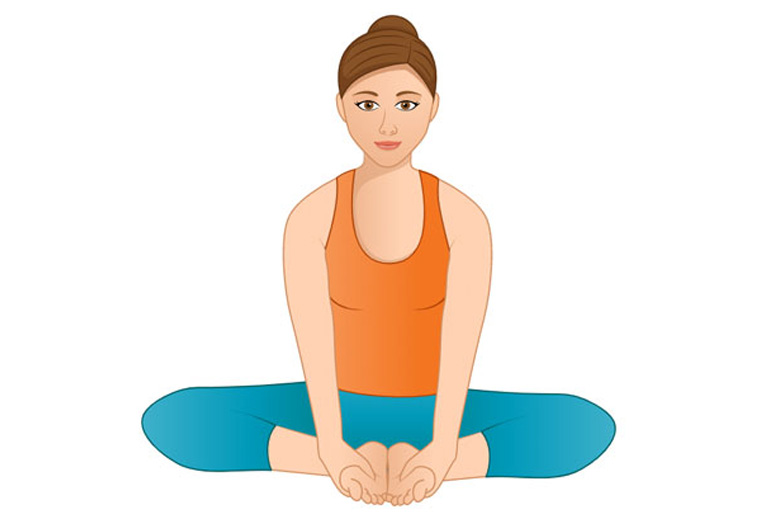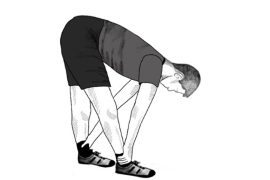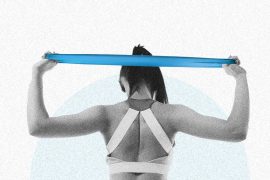Yin Yoga, rooted in ancient Taoist principles, contrasts with the dynamic flow of styles like Vinyasa or Ashtanga by emphasizing slow and steady progress. This practice targets the body’s deep connective tissues—such as fascia, ligaments, and tendons—rather than muscles, promoting relaxation and stress reduction without activating the fight-or-flight response. Poses in Yin Yoga are typically held for 3-5 minutes, using props like bolsters and blocks to support the body and facilitate gentle, sustained stretches that reach deeper tissue layers. This meditative approach encourages a calm, introspective state, enhancing flexibility and joint mobility. For improved stability, practitioners may also use grip-enhancing gels.
Yin Yoga is a fascinating practice that combines ancient Taoist principles with modern techniques to offer a unique approach to stretching and stress relief. Here’s a deeper look into its evolution and benefits:
Ancient Taoist Roots
Yin Yoga has its origins in Taoist philosophy, which emphasizes balance, harmony, and the flow of energy (Chi) within the body. This practice draws on the Taoist concepts of Yin and Yang, where Yin represents the passive, cooling, and restorative aspects of life, while Yang embodies the active, warming, and dynamic elements. Yin Yoga focuses on the Yin aspects, providing a counterbalance to the more vigorous Yang practices like Vinyasa or Ashtanga Yoga.
Modern Deep Stretching
1. Extended Hold Times: Unlike more dynamic styles of yoga, Yin Yoga involves holding poses for extended periods—typically between 3 to 5 minutes. This prolonged hold allows for a deep stretch of the connective tissues, such as ligaments, tendons, and fascia, rather than just the muscles.
2. Passive Poses: The poses in Yin Yoga are usually seated or lying down, requiring minimal muscle engagement. This passivity helps target the deeper layers of the body and promotes the release of physical and emotional tension.
3. Focus on Breath and Mindfulness: Practitioners are encouraged to focus on their breath and maintain mindfulness throughout the practice. This meditative quality helps deepen relaxation and enhances the stress-relieving benefits of the practice.
Butterfly (Baddhakonasana)
To perform Butterfly Pose (Baddhakonasana), sit on a mat with the soles of your feet touching each other and your knees bent out to the sides. Gently fold forward, using props like cushions or bolsters to support your upper body if needed. Focus on deep breathing and pay attention to the sensations in your inner thighs and groin as you hold the pose. This pose promotes flexibility in the hips and inner thighs and helps calm the mind.
Benefits for the Indian Yogi
Yin Yoga is particularly well-suited for the Indian climate due to its slower pace, which helps prevent overheating. The emphasis on breathwork can be especially beneficial for managing stress in fast-paced environments. For optimal practice, use a high-quality yoga mat that is at least 5mm thick to provide adequate cushioning and support during the extended holds. A mat with good grip is essential to prevent slipping, especially in India’s humid conditions.
Regular practice of Yin Yoga can improve flexibility, enhance joint mobility, and cultivate a sense of inner peace. This style of yoga focuses on long-held postures, usually around 3 to 5 minutes or more, activating the connective tissues such as ligaments, bones, and joints. This approach fosters relaxation, flexibility, and the flow of Prana and vitality, creating a mindful connection between body and mind.
Yin Yoga is part of the Yin-Yang Yoga tradition, where Yin represents the passive, feminine, cool, and introverted aspects, while Yang encompasses the dynamic, masculine, hot, and extroverted qualities. Yin Yoga serves as a counterbalance to more vigorous or Yang styles, such as Vinyasa or Ashtanga. Developed in the late 1970s by Paulie Zink and later popularized by Paul Grilley and Sarah Powers, Yin Yoga integrates elements of traditional Chinese systems with Hatha yoga and Taoist practices. Common postures include Child’s Pose, Butterfly Pose, Dragon Pose, Sphinx Pose, Sleeping Swan Pose (a variation of Pigeon Pose), Supported Fish Pose, and Caterpillar Pose. Unroll your mat, take a deep breath, and embark on the journey of Yin Yoga to experience its profound benefits.
Yin Yoga offers a range of benefits that make it a valuable practice for enhancing overall well-being:
- Enhanced Flexibility: Holding poses for extended periods helps sustain and deepen flexibility, improving muscle endurance and range of motion.
- Stress Relief: The slow-paced nature of Yin Yoga allows for focused attention on the present moment. This fusion of mind and body in posture helps release stress and tension, promoting relaxation.
- Reduces Stiffness and Increases Mobility: Yin Yoga is effective in maintaining joint mobility and alleviating stiffness, particularly in areas like the hips and spine. This practice encourages the free flow of energy, easing tension and enhancing flexibility.
- Improves Blood Circulation: Gentle stretching during Yin Yoga stimulates blood flow, which can enhance overall circulation and support cardiovascular health.
- Balance and Harmony: Yin Yoga complements more vigorous forms of yoga by providing balance and harmony to both body and mind, integrating well with dynamic practices like Vinyasa or Ashtanga.
- Mindfulness and Meditation: Extended holds in poses foster mindfulness and introspection, helping practitioners connect more deeply with themselves and encouraging a meditative state.
In modern times, Yin Yoga has become increasingly popular as individuals seek a balanced approach to their yoga practice, integrating the calm and restorative aspects of Yin with more active forms of exercise.
Disclaimer:
The information contained in this article is for educational and informational purposes only and is not intended as a health advice. We would ask you to consult a qualified professional or medical expert to gain additional knowledge before you choose to consume any product or perform any exercise.








